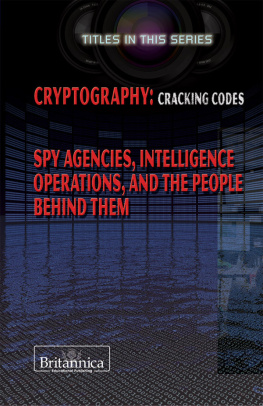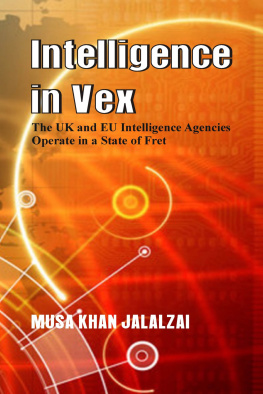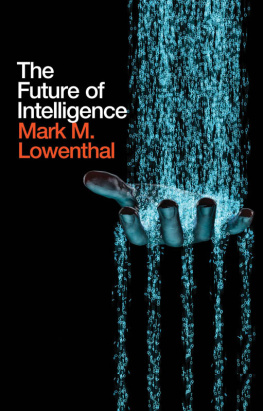


Published in 2013 by Britannica Educational Publishing
(a trademark of Encyclopdia Britannica, Inc.)
in association with Rosen Educational Services, LLC
29 East 21st Street, New York, NY 10010.
Copyright 2013 Encyclopdia Britannica, Inc. Britannica, Encyclopdia Britannica, and the Thistle logo are registered trademarks of Encyclopdia Britannica, Inc. All rights reserved.
Rosen Educational Services materials copyright 2013 Rosen Educational Services, LLC.
All rights reserved.
Distributed exclusively by Rosen Educational Services.
For a listing of additional Britannica Educational Publishing titles, call toll free (800) 237-9932.
First Edition
Britannica Educational Publishing
Rob Curley: Senior Editor, Science and Technology
J.E. Luebering: Senior Manager
Adam Augustyn: Assistant Manager
Marilyn L. Barton: Senior Coordinator, Production Control
Steven Bosco: Director, Editorial Technologies
Lisa S. Braucher: Senior Producer and Data Editor
Yvette Charboneau: Senior Copy Editor
Kathy Nakamura: Manager, Media Acquisition
Rosen Educational Services
Nicholas Croce: Editor
Nelson S: Art Director
Cindy Reiman: Photography Manager
Karen Huang: Photo Researcher
Brian Garvey: Designer, Cover Design
Introduction by Richard Barrington
Library of Congress Cataloging-in-Publication Data
Spy agencies, intelligence operations, and the people behind them/edited by Rob Curley.
pages cm.(Intelligence and counterintelligence)
In association with Britannica Educational Publishing, Rosen Educational Services.
Includes bibliographical references and index.
ISBN 978-1-62275-038-2 (eBook)
1. SpiesJuvenile literature. 2. SpiesVocational guidanceJuvenile literature.
3. Intelligence serviceJuvenile literature. 4. EspionageJuvenile literature. I. Curley, Rob.
JF1525.I6S73 2014
327.12dc23
2012046945
Manufactured in the United States of America
On the cover, pp. i, iii: The security control room for the 2012 Olympics in London. AFP/Getty Images
Cover (top front and back cover) iStockphoto.com/Yucel Yilmaz; back cover iStockphoto.com/Alexander Putyata; pp. 1, 14, 28, 39, 50, 67, 76, 90, 93, 96 iStockphoto.com/Olga Yakovenko; pp. 9, 10, 21, 22, 31, 44, 45, 57, 58, 71, 78 iStockphoto.com/Molnr kos
CONTENTS

The MI6 building in London, England. Dan Kitwood/Getty Images
F or people who are supposed to live their lives in the shadows, some spiesreal or fictionalhave attained a very high profile in the popular consciousness over the years. James Bond, Mata Hari, and Jason Bourne are all household names, and there are plenty of others. This is not likely to change. Intelligence operations are a reality of the modern world, whether they are carried out for offensive or defensive purposes. This book will look at the some of the origins, personalities, and methods of modern espionage.
Its a surprisingly diverse subject, and one that goes well beyond the cat-and-mouse games depicted in movies. Whether your interest is in politics, computer technology, economics, or scienceor even if you just love a good spy storythere should be something in this discussion of spy agencies and intelligence operations to interest you.
This book will move from the general to the specific, giving first some background on the nature of intelligence, and then discussing some of the history and personalities that have made their marks on the fieldfor better or worse. Finally, the book will bring the story right up to date, by discussing todays intelligence organizations.
In this context, the wide range of activities we know as intelligence can be sorted into the categories of strategic, tactical, and counterintelligence. Beyond the traditional role of intelligence being used to help countries keep tabs on adversarial states, in todays world it is often used to help guard against terrorism and other major crimes and to help protect technological infrastructure and trade secrets.
While intelligence activities may primarily involve information-gathering and analysis, at times intelligence agencies have played a more tangible role, including overthrowing governments and conducting assassinations. This helps account for the dramaticand somewhat checkeredreputation that intelligence agencies have developed over the years. This book will discuss the various activities of intelligence agencies, including evaluating information available from public sources as well as conducting electronic surveillance, cyberespionage, and classic human spycraft.
Given the scope of their activities, intelligence agencies are major players on the world stage. If it were a corporation, for example, the Central Intelligence Agency (CIA) would be one of the worlds more prominent companies, with around 20,000 employees in the United States. Naturally, though, the CIA prefers to keep a lower profile than the typical multibillion-dollar organization.
The roots of this giant of the intelligence community are surprisingly modest. While intelligence agencies were formed by most major powers in reaction to World War I, the United States was a latecomer to that secretive community. In fact, the United States entered World War II without a comprehensive intelligence organization. That was rectified in 1942 with the formation of the Office of Strategic Services, which evolved into the CIA in 1947.
Because it came into existence in the early days of the Cold War, much of the CIAs history involves the long-running intelligence chess match between the United States and the Soviet Union. This book will recap this history, including examples of covert operations that didnt become known until years after the fact. Along with some successes, the history of the CIA also includes failures such as the Bay of Pigs invasion, an international embarrassment that heightened Cold War tensions.
Naturally, its role in the Cold War often brought the CIA into direct conflict with the Soviet intelligence agency, the KGB. This book will also examine the often-sinister history of the KGB and its predecessors in the Soviet Union. A major distinction between the CIA and the Soviet intelligence agencies is that the CIA is forbidden from carrying out domestic operations, while a significant function of the Soviet intelligence apparatus was to help protect the countrys leadership from internal threats. This resulted in the deaths of hundreds of thousands of Soviet citizens over the years and made the KGB a significant source of power within the Soviet Union.
Of course, not all the Soviet Unions intelligence efforts were directed within its own borders, and an early emphasis of the Cold War years was to gather information about U.S. atomic bomb technology. The Soviet Union had considered developing an atomic bomb throughout World War II, but by the time the U.S. exploded its first devices in 1945, it was clear that the Soviet Unions scientists lagged badly behind. The Soviets focused on catching up, and espionage was a major part of their effort.
This book will look at some of the major figures in the Soviet atomic espionage operation, people who were often operating within the Western scientific community. Some were caughtin the cases of Klaus Fuchs and Julius and Ethel Rosenberg, there were high-profile arrests soon after the fact. However, others were so successful that their roles didnt become known until after the collapse of the Soviet Union in 1991. In all, spies made a valuable contribution to the successful development of a Soviet atomic device by the end of the 1940s. In this way, spy agencies and intelligence operations not only participated heavily in the Cold War, but were instrumental in bringing about its greatest threat.
Next page

















